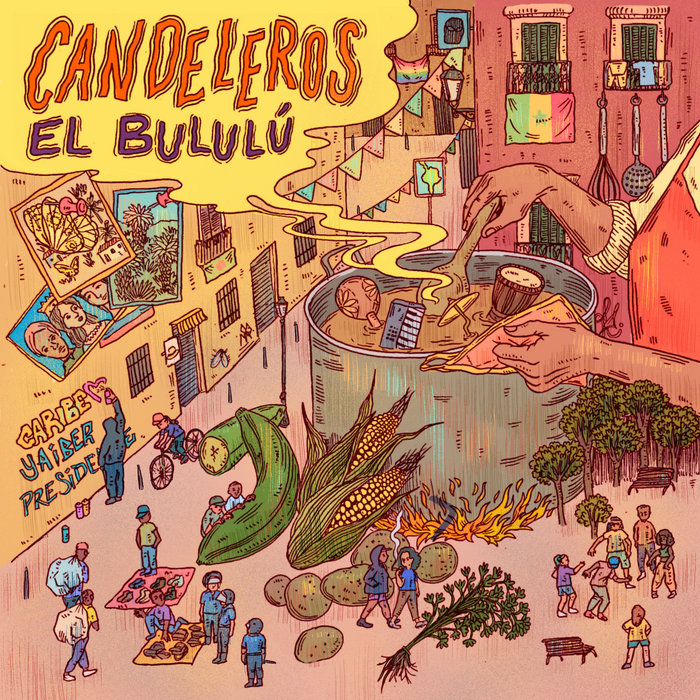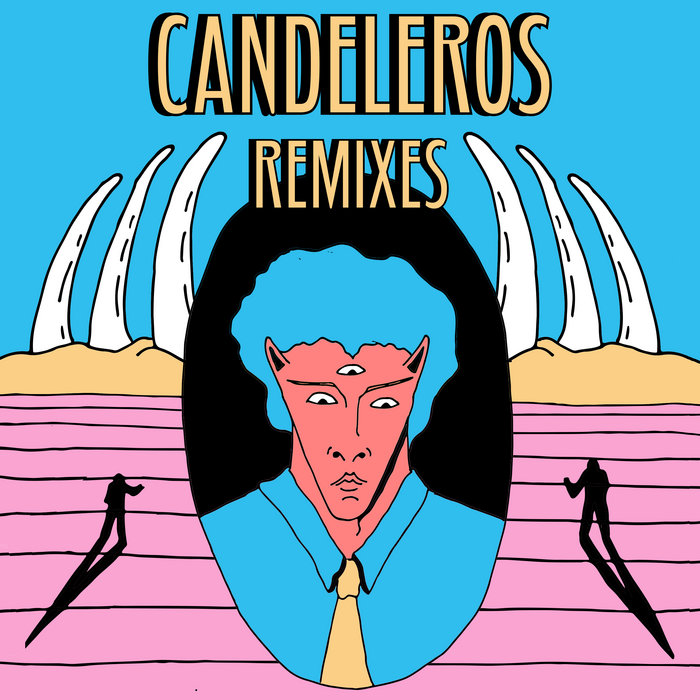
La Meseta (Caribombo Remix) – Candeleros
this blog is GROOVY – check out great Soul, Funk, Jazz, Hip Hop, Bass, Breaks , Reggae, House n many more TUNES
Afro-Colombian music is like a vibrant tapestry woven with colorful threads of rhythm, culture, and history. It’s the heart-beat of a nation that grooves to the sounds born from its African roots and has grown into something deliciously unique. Let’s embark on a funky ride through its past while stopping for some fun facts along the way!
The story kicks off over 500 years ago when enslaved Africans were forcibly brought to Colombia by Spanish colonizers. They carried their musical heritage with them—drumming patterns, call-and-response vocals, and dances—that would eventually transform into distinctive Colombian rhythms.
One can hear echoes of traditional African drumming in genres like Cumbia, Son de Negro, and more recently popular styles such as Champeta. Each beat tells stories of struggle, celebration, spirituality, and life itself.
Let’s talk about Cumbia! This intoxicating genre blends Indigenous, African, and Spanish influences into a rhythmic party that just won’t quit! Initially danced in festive gatherings by coastal folks around Magdalena River Valley but soon took Colombia (and then the world) by storm!
Funny Fact: In many towns across Colombia where cumbia is celebrated today—you’ll find people dancing with such passion that they often think they’re auditioning for “Dancing With The Stars” without even knowing it! Some have definitely got moves you wouldn’t believe!
Next up is Mapalé—a rhythm that’s all about energy! It’s characterized by fast-paced beats played on drums called “tamboras” alongside body movements mimicking fish swimming. Yup! You heard right; it’s inspired by fishermen’s joyful celebrations after a bountiful catch.
Quirky Fact: Legend has it that if you dance too well to Mapalé at a fishing village party—someone will jokingly ask if you’ve been secretly practicing your fish-catching skills!
As we shimmy our way into modern times—let’s spotlight Champeta. Originating from Cartagena’s coastal urban areas during the late 20th century—this genre pulled together influences from Africa (of course!) mixed with Caribbean vibes like reggae and salsa.
Fun Tidbit: One player who made waves in this scene was Systema Solar known for fusing playful lyrics using local slang while challenging socio-political issues through their groovy tunes.
Meanwhile down south lies Vallenato—a lively blend featuring accordion melodies that’ll get anyone tapping their toes! This style was recognized as an Intangible Cultural Heritage by UNESCO.
Chuckle Alert! There’s an anecdote about legendary Vallenato musician Carlos Vives once getting so lost in his songs while performing live that he walked right offstage mid-jam… Talk about taking “getting lost” literally!
Afro-Colombian sounds aren’t just confined within national borders; they’ve traveled globally influencing musicians worldwide—from reggaeton stars like J Balvin paying homage to rhythms found deep within traditional cumbias—to jazz artists incorporating these rich textures into their compositions.
One groovy fact? Many international DJs embrace sampling Afro-Colombian beats creating mash-ups which make crowds bounce till dawn—it is said they’ve turned several wedding receptions around simply via infectious grooves alone!
These days there are numerous festivals showcasing Afro-Colombian music celebrating not only its varied forms but revitalizing old traditions too—from Barranquilla Carnival flaunting magnificent costumes accompanied with celebratory sounds all night long; people thronging parades letting loose on salsa-infused cumbias reminding everyone why moving feels oh-so-good!
What truly stands out today is how modern artists passionately connect past traditions blending them seamlessly within contemporary vibes appealing hugely among younger generations hoping to keep alive what makes their heritage special whilst sharing it worldwide through platforms digitally like never before possible…
Little Secret: Some artists also organize pop-up ‘dance schools’ leading spontaneous flash-mobs teaching locals (and tourists alike) classic steps—all fueled behind scenes where awkwardness turns effortlessly fab as laughter fills streets instead of mere footwear-crushing embarrassment arises during learning curves amidst hilarious attempts attempting new footwork moves especially after one or two drinks (or three).
So there you have it—the funky journey through Afro-Colombian music filled with histories intertwined between cultures creating soulful expressions transported across eons now captivating audiences near far-away lands alike bringing unity via shared love expressed audibly showing us how despite challenges throughout centuries our spirits remain indomitable echoing especially louder than ever these days through joyous energy connecting hearts everywhere thanks fundamentally rooted deeply inside every single note played enjoyed endlessly upon dance floors forever spinning round filled full joy unconfined—we dance because we feel free after all… And remember? When there’s good rhythm?! Who needs perfection?
Now go ahead crank up those playlists dive-in celebrate this diverse glorious tune-filled world awaiting discovery—and don’t forget shake ’em hips because life should always groove along nicely baby! 🕺🎶💃

La Meseta (Caribombo Remix) – Candeleros

Cabeza Pela (L’Miranda remix) – Candeleros